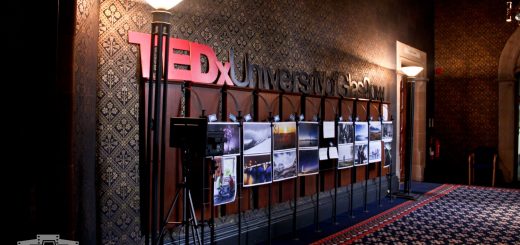Years of Living Dangerously, episode 1: A review of the celebrity documentary taking on climate change
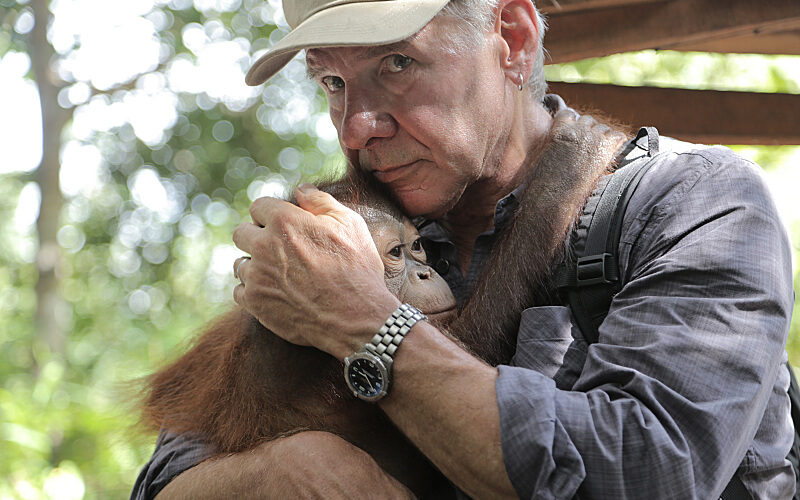
From the people behind Terminator and Titanic, starring Matt Damon, Jessica Alba and Indiana Jones, this summer’s most intense thriller – a story of heartbreak, wildfire and political corruption: Climate Change.
People don’t listen to scientists. This has to be the conclusion when after years of the scientific community reporting, almost entirely unanimously, on the chilling facts of global warming, the issue still remains greatly controversial. Scientists have had to face the reality that they’re sadly not having the effect they would hope for. So Hollywood figured, what if they took it upon themselves to convey the message – a message that is about as vital as it gets? The result is the impressive new documentary series, Years of Living Dangerously.
In an attempt to reach the people unpersuaded by climate scientists, the celebrity crew sets out to make global warming a ‘human story’ – and to talk big words with the people in power.
Indiana Jones and the Plantation of Doom
In the first episode, available free on YouTube, we follow Harrison Ford through Indonesia. He witnesses firsthand the deforestation, which is a pretty word for burning rainforests, haunting the country like an epidemic. Long straight lines of palm trees take its place, earning the responsible companies very big bucks indeed – palm oil is by far the most used vegetable oil in the world and has made its way into most of our food and cosmetics. Even in protected areas of the forest, the plantations suddenly appear, ridiculing the entire idea of a ‘national park’.
Apart from this practice obviously destroying the natural habitat for countless animals (famously, the orangutans), it also contributes significantly to global warming. The trees of the rainforest form so-called mature forests and through their age-long collection and storage of carbon dioxide, they are now some of the biggest carbon stores on land. Burning them not only inhibits them from storing more carbon, it also releases everything they have stored up until that point. According to Greenpeace1, the deforestation of Indonesia’s rainforest is the third largest emitter of carbon dioxide on the planet. Of course, however, Indonesia is not alone with this problem; similar deforestation levels are seen in Brazil and the Democratic Republic of Congo.
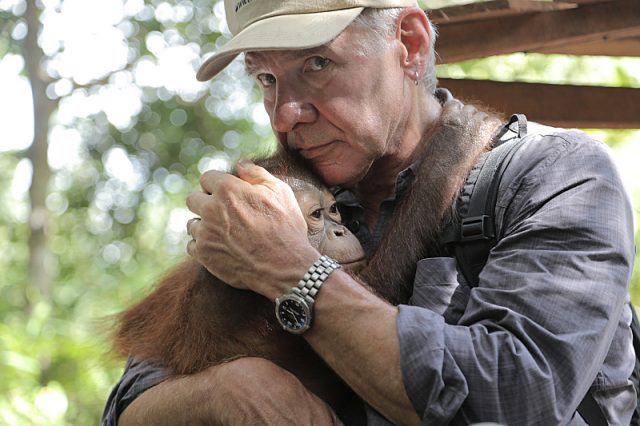
Harrison freakin’ Ford. Image Credit: The Years Project/SHOWTIME ( License )
Ford is, along with his audience, very angry and, after cuddling orangutans in a safe haven orangutan ‘nursery’, he is on his way to see the Forestry Minister and demand some action. We have to wait until episode 2 to see just how little the Minister appears to care. If the viewer wasn’t feeling absolutely hopeless before, they certainly are now. Ford’s frustration as he tries to communicate the severity of the problem to the grinning man in front of him, who is both excusing the corruption with ‘young democracy’ and looking like he fancies a punch at this hippy American, is deep-felt and shared by the audience. Sadly, it gives only little relief when the Forestry Minister agrees to sign 25% (rather than the previously determined 50%) of a specific part of the rainforest into protection. The following day’s news features an explosion of attention on Harrison Ford’s meeting with the Forestry Minister. The minister has accused Ford of being rude and disrespectful, and has threatened to have him deported. Luckily, Harrison Ford is, well, Harrison freakin’ Ford. So instead of being kicked out the country, he goes to see the Prime Minister. Although it isn’t entirely clear what the concrete consequences of the meeting will be, the PM agrees that the palm oil problem is a very serious issue, which he will do his best to address. Palm oil – nil. Indy – one.
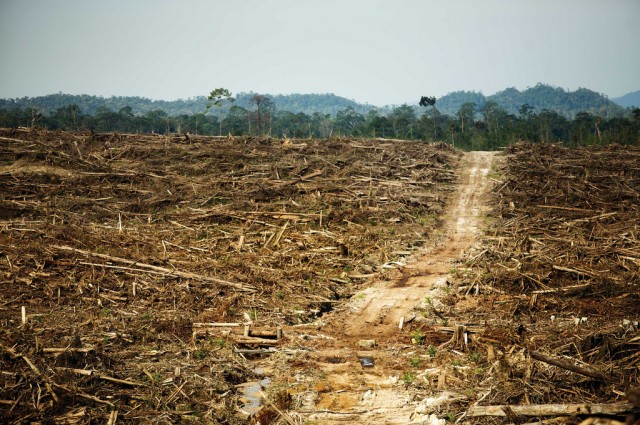
What it looks like when you tear down rainforest. Image Credit: Rainforest Action Network via Flickr ( License )
Bible Compatible Climate Science
Meanwhile, in the Southwest of the US, Don Cheadle investigates the increasingly severe droughts and their influence on the people living there. Essentially, it doesn’t look good. The droughts are very concretely putting people out of work; ranchowners are having to sell most of their cattle to stay in business, and a big meat packing plant in Plainview, Texas, has had to close, leaving 23,000 people unemployed. The footage shows a weekly prayer walk by the locals around the plant, praying for rain – and business – to come back to Plainview.
Cheadle wants specifically to see whether the people of Plainview, many of them deeply Christian, are looking to science for the reason behind the droughts, and is unsurprised to find that most people don’t. As one of the locals puts it: “there is only one man who knows how much it’s gonna rain; and that’s God and he is not a scientist, so I’m not putting much faith in what they say.”
That statement largely sums up what many people might consider game over when it comes to the struggle to change these people’s minds. Of course, this doesn’t stop Don Cheadle, because he’s Don freakin’ Cheadle. Instead he seeks out devout evangelical Christian and leading climate scientist Katharine Hayhoe – and she isn’t just anyone. Associate Professor at Texas Tech University, she has been called “maybe the most important climate communicator in the US.” by Emily Gertz for TED 2 and was this year featured in TIME Magazine’s Top 100 Most Influential People list. She gives a stunning talk to the residents of Plainview, explaining global warming using the analogy that God’s creation, Earth, is running a fever – and to overwhelmingly positive results.
However, as much as the viewer might want to lean in and plant a giant kiss on sweet Katharine’s forehead, the vastness of the task – changing all those minds, one by one – already feels exhausting. It becomes increasingly obvious that political power needs to go into this. People’s resistance to believing anything outside their own worldview, or simply just conveyed by someone not adhering to a similar belief system, clearly shows that change must be backed by leaders in the community. We get a glimpse of how it would be if we could come together in dealing with this task; imagine the hard-working, far-reaching Christian communities turning around, saying: “We understand. What can we do to help?” The thought of it is absolutely humbling, but as one looks at Dr Hayhoe, building bridges but only to a room of 30 people, it is difficult not to think, will this be enough?
Like many parts of the documentary, in this section emotional tales and descriptions of climate science are interwoven seamlessly. The problem is, this can be a little misleading. It is near impossible to attribute a particular weather event to anthropogenic climate change, and when it comes to the droughts, the Intergovernmental Panel on Climate Change (IPCC) say in their 2013 report, “… there is not enough evidence at present to suggest more than low confidence in a global-scale observed trend in drought or dryness (lack of rainfall) since the middle of the 20th century, …” 3 Convincing deniers of man-made climate change is a difficult task, and when we oversimplify scientific claims we leave ourselves exposed for people to legitimately dispute the “science.” This can be a fine line, which at times the documentary crosses and reminds us that this really is Hollywood’s attempt at climate science. For what it’s worth, however, the impact of the drought and its detrimental effect on the human systems in the region exemplify well how vulnerable we are to extreme weather phenomena and change in weather conditions. Even if we at present cannot attribute individual droughts to global warming, we cannot ignore that we, in most places, are not adequately prepared for larger changes in climate 4.
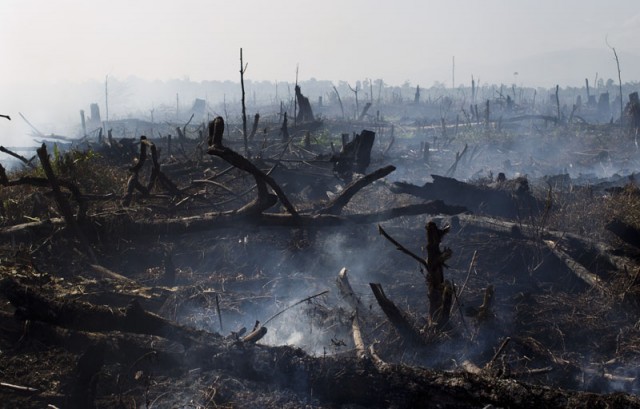
Tripa’s peat forest being burnt to make way for palm oil plantantions, 13 June 2012, Aceh province, Sumatra, Indonesia. Image Credit: Paul Hilton/SOCP/YEL Newswire ( License )
A Dry Spring in Syria
The third storyline of the first episode follows Thomas Friedman – an American journalist for the New York Times. He crosses the border to Syria from Turkey to talk to the rebels about what appears to have been a major factor in the Syrian rebellion: the worst drought in a lifetime. This part of the documentary is particularly intense, as the danger of what he is doing is not in the slightest concealed. The story told is that a terrible drought, much like the one in Texas, took away the locals’ livelihood; their animals died and their crops didn’t grow. Friedman then interviews a woman who tells how she was thrown in jail for making a fuss about the lack of support from the government.
As compelling as it sounds, it also seems a little far-fetched. Friedman is in no way trying to trivialise other factors – the rebellions of the surrounding countries, the behaviour and system of the regime through a long time – but the case for the drought’s direct role in the rebellion is passionately brought forth, without communicating much scientific evidence. This is a shame, as the documentary ought to not just create personal narratives, but also to communicate science. To the sceptical viewer, this segment is not entirely convincing. Even though the segment fails somewhat in the evidence department, its success in putting human lives at the centre of climate questions shouldn’t be overlooked.
Team Hollywood to the Rescue
So where does episode 1 of Years of Living Dangerously leave us? One thing is certain: we have been, and are still, living dangerously. According to the IPCC, we are already witnessing climate change impacts on natural and human systems and these will only intensify with increased global warming [lref id=4]. Man-made climate change is not something we are just leaving for our great-grandchildren to deal with, it is happening to us, and many of us are blind to it. However, the documentary also leaves us feeling hopeful; bringing in Team Hollywood is one of the better ideas in climate science communication in recent years. Whether we like it or not, they have an incredible power of likeability and, strangely enough, authority. Despite some scientific nuance being lost, it makes a powerful impression and emphasises greatly the urgency of the issue.
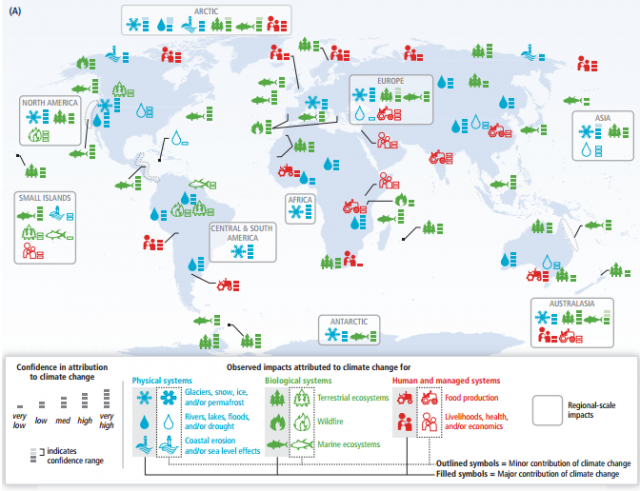
Global patterns of impacts in recent decades attributed to climate change. Impacts are shown at a range of geographic scales. Symbols indicate categories of attributed impacts, the relative contribution of climate change (major or minor) to the observed impact, and confidence in attribution. Image credit: IPCC
Hopefully, this documentary will not just be seen by those already converted, but also the unconvinced. Hopefully, it will empower politicians and community leaders to take a stand. Hopefully, it will make companies realise that they have a responsibility to take the source of their resources seriously. Hopefully, it will make us understand that we are all in this together, and this kind of science is not a political or an ideological agenda. We are, at least, hopeful.
References
- As it says on their website.
- Here’s the talk.
- IPCC Climate Change 2013: The Physical Science Basis
- IPCC Report, Climate Change 2014: Impacts, Adaption and Vulnerability



